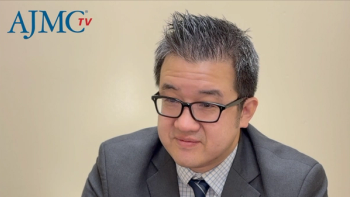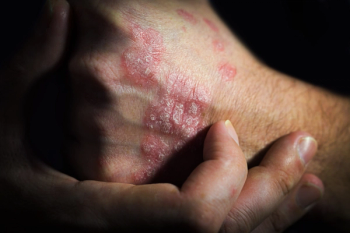
Key Takeaways From DMD Treatment Data
Panelists discuss how the pooled 3-year data for delandistrogene moxeparvovec show sustained motor function stabilization and less deterioration compared with natural history, providing confidence in the therapy’s long-term benefits while acknowledging the need for survival data and addressing concerns about potential transgene dilution over time.
Episodes in this series

Key Takeaways From DMD Treatment Data
The long-term data from delandistrogene moxeparvovec studies provide significant confidence in the treatment’s ability to benefit patients with Duchenne muscular dystrophy (DMD). The therapy is already being prescribed commercially, and the extended follow-up data demonstrate that treatment leads to improved motor outcomes across multiple measures through disease stabilization rather than mere symptom management. While survival data are not yet available due to the relatively short follow-up period, the sustained improvements in motor function over 3 years suggest promising implications for long-term patient outcomes. These clinically differentiated outcomes are particularly important for demonstrating value to health care payers who require evidence of meaningful long-term benefits.
Future research priorities focus on capturing longer-term trajectories to confirm sustained stabilization and differences compared with natural disease progression. A key concern involves potential transgene dilution over time, as the microdystrophin transgene delivered to muscle tissue may become diluted through normal tissue division processes. This theoretical concern is widely acknowledged in the field, though the timeline for when dilution might occur remains unknown. Longer-term studies will be essential to determine the durability of treatment efficacy and to capture potential survival benefits, which will likely require extended follow-up periods beyond current study durations.
Key unmet needs in DMD treatment center around maintaining long-term dystrophin expression and addressing durability challenges. The possibility of retreating patients with gene therapy presents logistical difficulties when using the same viral capsid due to immune responses. Future therapeutic developments may focus on alternative delivery vehicles that are nonvirally mediated and less immunogenic, allowing for potential retreatment without immune complications. While current gene therapy represents a significant first step and game-changer in DMD treatment, there remains substantial room for improvement in developing more durable and flexible treatment approaches that can maintain therapeutic benefits over patients’ lifetimes.
Newsletter
Stay ahead of policy, cost, and value—subscribe to AJMC for expert insights at the intersection of clinical care and health economics.










































